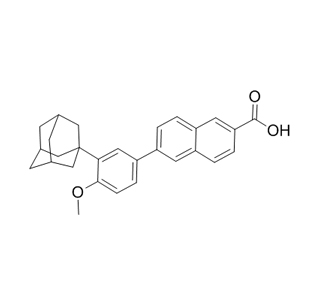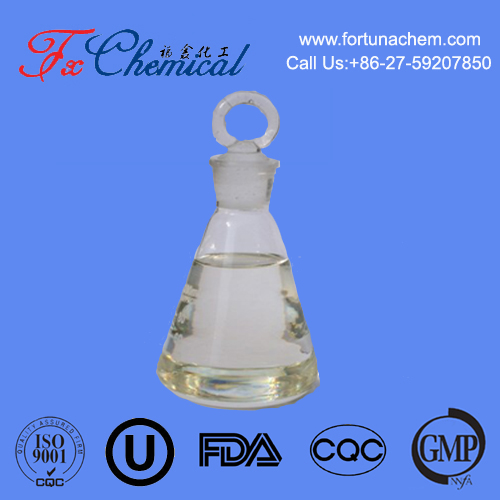
Search

Search

Food additives are a food safety issue that the public is concerned about. Many people think that food additives are the biggest source of harm in food and affect human health. In fact, this is not the case. The biggest source of harm in food is microorganisms and nutritional deficiencies. Food additives are in some aspects. On the contrary, it ensures the safety, quality and nutrient content of food. Next, let's take a look at the classification and function of food additives.
(1) Prevent deterioration
Preservatives can prevent food spoilage caused by microorganisms, prolong the shelf life of food, and prevent food poisoning caused by microbial contamination. Antioxidants prevent or delay the oxidative deterioration of foods to provide food stability and shelf life, while also preventing the formation of potentially harmful auto-oxidizing substances in oils and fats. In addition, it can also be used to prevent the enzymatic and non-enzymatic browning of food, especially fruits and vegetables. These are of certain significance for the preservation of food.
(2) Improve the senses
Appropriate use of colorants, color-preserving agents, bleaching agents, edible flavorings, emulsifiers, thickeners and other food additives can significantly improve the sensory quality of food and meet people's different needs.
(3) Maintain nutrition
Appropriately adding some food nutritional fortifiers belonging to the natural nutrition range during food processing can greatly improve the nutritional value of food, which is of great significance to prevent malnutrition and nutritional deficiency, promote nutritional balance, and improve people's health.
(4) Convenient supply
There are as many as 20,000 kinds of foods on the market for consumers to choose from. Although most of these foods are produced through certain packaging and different processing methods, in the production process, some products with complete color, aroma and taste are mostly different. To a certain extent, coloring, flavoring, flavoring and other food additives are added. It is these numerous foods, especially the supply of convenience foods, that bring great convenience to people's life and work.
(5) Convenient processing
The use of defoaming agents, filter aids, stabilizers and coagulants in food processing can be beneficial to food processing operations. For example, mechanization and automation of tofu production can be facilitated when using glucono delta lactone as a tofu coagulant.
(6) Other special needs
Food should meet the different needs of people as much as possible. For example, people with diabetes who cannot eat sugar can make sugar-free food supplies with non-nutritive sweeteners or low-calorie sweeteners such as sucralose or aspartame. There are also companies that formulate their own additive standards. Leading companies in the industry have formulated that preservatives, sodium cyclamate, pigments, and spices are not allowed to be added.
(1) Antioxidants: Prevent food from being oxidized, such as butylated hydroxyanisole, dibutylated hydroxytoluene, propyl gallate, tert-butyl hydroquinone.
(2) Bleaching agent: In addition to bleaching, it also has antiseptic effect. In addition, due to the strong reducibility of sulfurous acid, it can consume oxygen in fruit and vegetable tissues, inhibit the activity of oxidase, and prevent the oxidative damage of vitamin C in fruits and vegetables.
(3) Colorants: also known as pigments, are a class of substances that improve the sensory properties of food after coloring. According to their properties and sources, food coloring can be divided into two categories: natural food coloring and food synthetic coloring.
(4) Color retention agent: Color retention agent is also called color-forming agent. In the process of food processing, in order to improve or protect the color of food, in addition to using pigments to directly color the food, sometimes it is necessary to add an appropriate amount of color protectant to make the product show good color.
(5) Enzyme preparation: refers to the substance with the enzymatic properties of biocatalytic ability extracted from organisms (including animals, plants and microorganisms). Mainly used to speed up food processing and improve the quality of food products.
(6) Flavor enhancer: refers to a substance that supplements, enhances and improves the original taste or taste of food. Some are called umami agents or taste agents.
(7) Preservatives: refers to substances that can inhibit the reproduction of microorganisms in food, prevent food spoilage, and prolong the shelf life of food. Preservatives are generally divided into acid preservatives, ester preservatives and biological preservatives.
(8) Sweeteners: refers to food additives that impart sweetness to food, which can be divided into natural sweeteners and artificial sweeteners.

Quick Links
Add:
E-mail:
 English
English  Español
Español  français
français  العربية
العربية 


